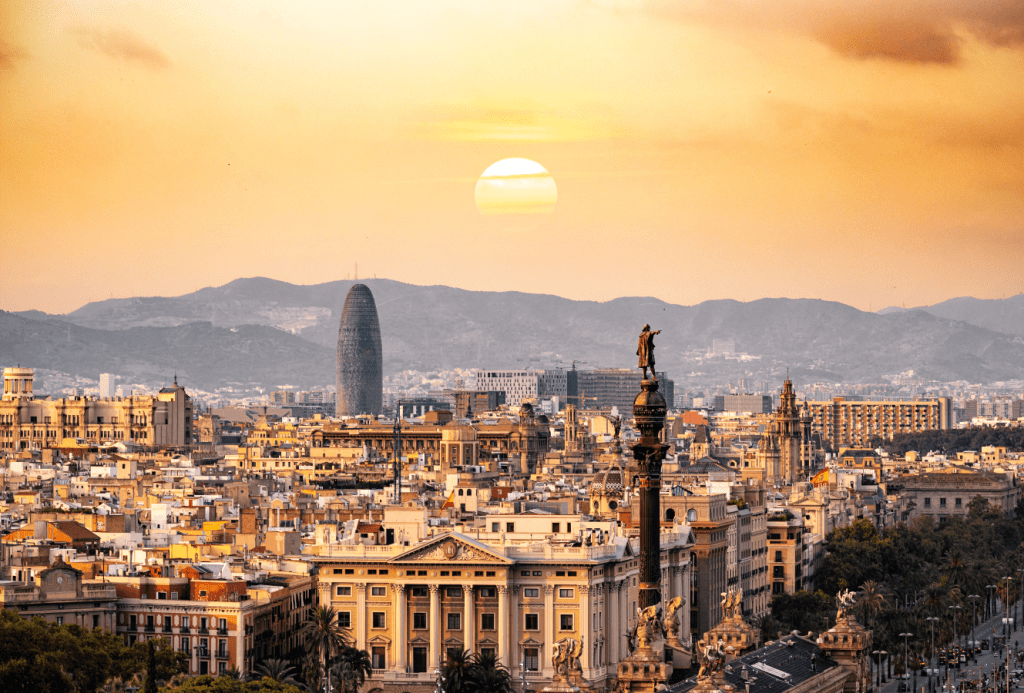

Beat the Heat/Mutirão contra o Calor Extremo is a COP30/UNEP Cool Coalition flagship implementation drive to accelerate local-level solutions for extreme heat and sustainable cooling. The Drive contributes to the UN Secretary General’s call to action on extreme heat and helps translate the Global Cooling Pledge into local action by supporting heat assessments, planning, nature-based cooling, sustainable procurement and building code adoption at the subnational level.
The collective effort has three overarching objectives that bridge national and subnational priorities. First, to celebrate and spotlight leadership at the country, regional and city levels and raise visibility for practical solutions. Second, to identify local initiatives and plans that would benefit from targeted technical knowledge or financing support. Third, to catalyze locally led and scalable action that advances national climate and development priorities while delivering several commitments of the Global Cooling Pledge.
Countries are invited to call on their cities to join in this national-to-local collaboration to implement the pledge. By joining Beat the Heat, participating countries, cities and regions will aim to work on one or more of the subnational cooling commitments of the Global Cooling Pledge and join the growing cohort of subnational signatories to:
- Assess urban heat vulnerability, prioritize cooling projects, and integrate them into or develop relevant urban plans or strategies (such as Climate Plans, Heat Action Plans, etc.)
- Plan and implement nature-based and passive cooling projects and policies (e.g., green corridors, cool roofs, building codes)
- Lead public procurement of low global warming potential and high-efficiency cooling technologies in public buildings
Participating cities will gain access to curated knowledge resources (training materials, workshops, handbooks, etc.) and, as needed, will have an opportunity to submit requests for technical assistance.
Participation is welcome from all countries, including Global Cooling Pledge signatories and non-signatories, to advance our shared commitment to sustainable cooling.
National Governments
We encourage National Governments, particularly the signatories of the Global Cooling Pledge, to invite at least one of their cities to join the implementation drive and to assist them with local implementation.
Local Governments
We invite local governments to join the implementation drive by committing to one or more of the subnational cooling commitments under the Global Cooling Pledge — either by showcasing their efforts on heat resilience or by seeking support to implement actions that align with these commitments.
Technical Partners
We invite technology providers, private sector companies, city networks, civil society organizations, foundations, universities, bilateral and multilateral development partners, and development finance institutions to contribute their expertise and resources to accelerate city-level implementation. This could include deploying heat assessment tools, supporting the development of Heat Plans, building local capacity through training, assisting in the planning and implementation of nature-based and passive cooling projects, promoting sustainable public procurement of low-GWP, high-efficiency cooling technologies, developing project pipelines, providing financial contributions or creating grant and lending lines, and mobilizing peer cities to join the initiative.
Together, we can empower cities to take bold action to become cooler, safer, and more resilient.
We invite national and local governments, as well as technical and financial partners, to join this collective effort (mutirão) to advance sustainable and resilient urban cooling.
Submit your Expression of Interest through this form to be part of a global drive supporting cities to become cooler, safer, and more resilient.
For questions, contact the UNEP Cool Coalition Secretariat [email protected] and cc [email protected]
